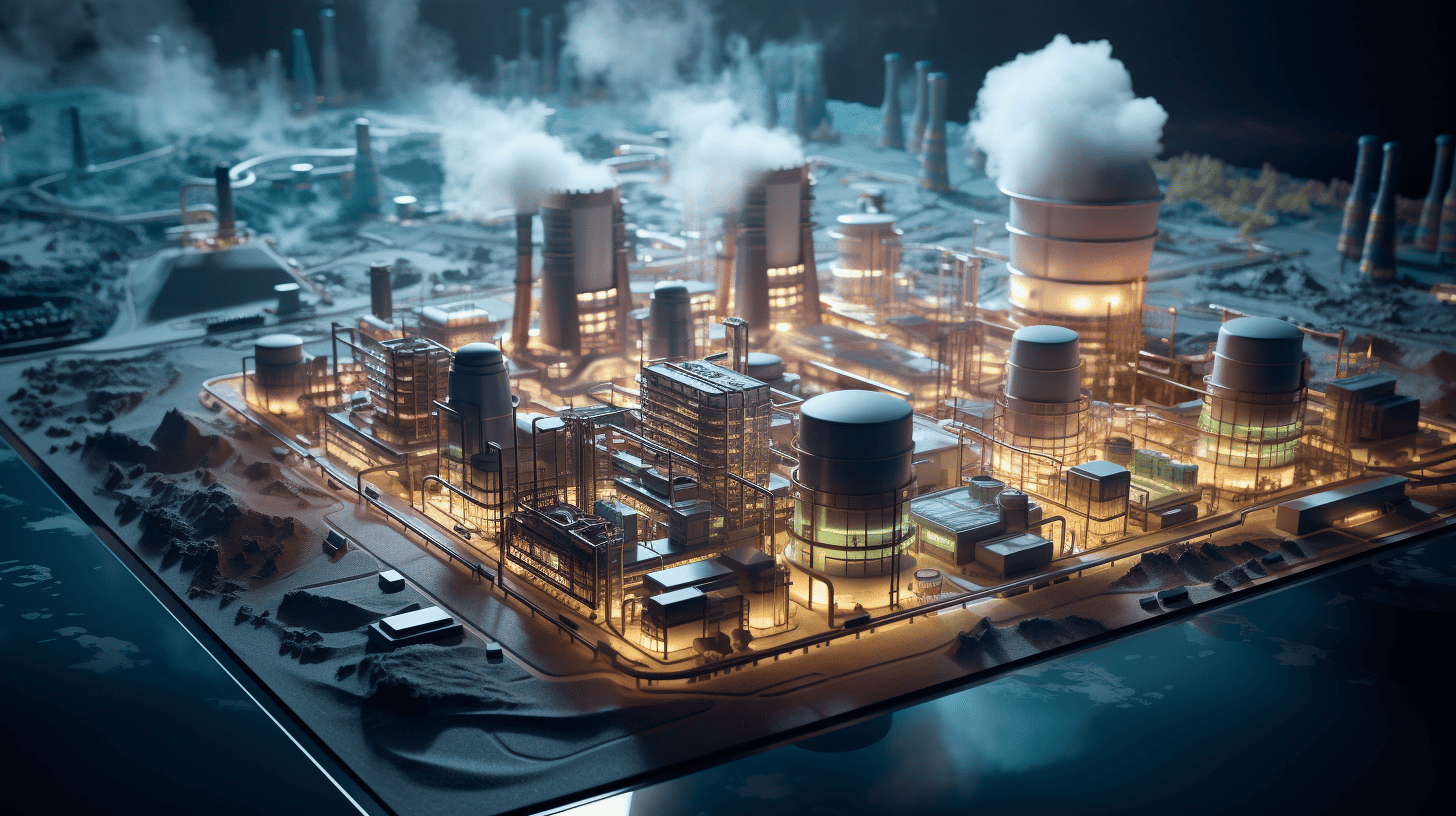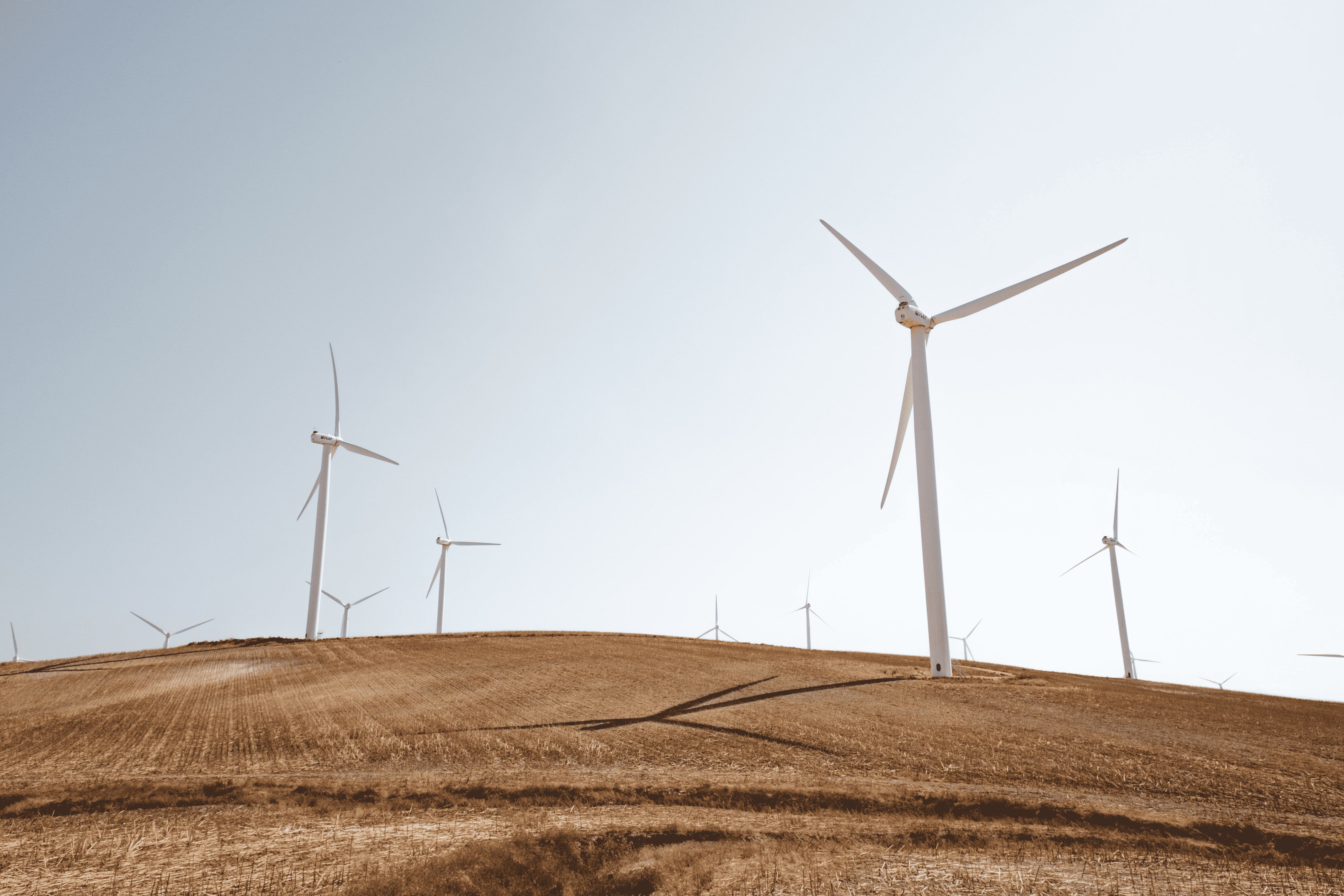Spain has decided to shut down seven of its nuclear reactors by 2035, sparking a debate across Europe about the future of nuclear power amid the challenges of climate change. The decision coincides with an increased timeline for renewable energy projects and juxtaposes this country’s position with Europe’s mixed nuclear policy. Spain’s move reflects a major shift in its energy strategy, with Germany halting its nuclear project earlier this year and France seeking to reduce its dependence on nuclear power. Energy security and long-term implications for environmental policy remain a focus for European voters as the continent grapples with the balance between sustainable energy and energy independence.
Overcoming the nuclear dilemma
Spain’s commitment to decommission its nuclear power plants by 2035 is in line with a broader trend in Europe to rethink the role of nuclear power in its future energy mix. The Spanish government’s decision comes amid an intensifying debate over whether nuclear power should contribute to solving climate change. While some European countries recognize the low carbon emissions of nuclear power, others have expressed concerns about radioactive waste and risks associated with nuclear energy.
Spain’s fiscal roadmap to phase out nuclear power includes a huge 20.2 billion euros for managing radioactive waste and dismantling nuclear power plants. This cost will be covered by a fund supported by the plant operator. The future of Spain’s nuclear power plants has been controversial in the election, with significant opposition from business lobbies and conservative political parties who support extending the use of these plants.

COP28 also aimed to increase nuclear capabilities around the world
“Transitioning away from fossil fuels” is an important message that resonated across the media following the conclusion of COP28 negotiations in the United Arab Emirates.
Renewable energy axis
As Spain prepares to retire its nuclear capacity, wind and solar energy are moving to the forefront. The country recently installed over 2.4GW of new solar power capacity, making solar power the cheapest energy source by 2022. Additionally, Spain boasts over 27GW of wind power capacity, meeting more than a fifth of its electricity demand. The government’s strategy to increase the installation of renewable energy is evidenced by the current extension of development deadlines for new green energy projects to up to 49 months.
Spain’s renewable energy auctions have adapted to include qualitative criteria that take into account social and environmental criteria. This change underscores our commitment to prioritizing sustainable and ethically produced energy sources. The Spanish government’s goal is to meet 42% of its final energy consumption from green electricity by 2030, underscoring its big ambitions to transform the energy landscape.
Transition challenges
However, renewable energy initiatives are not without their challenges. Questions remain about Spain’s plan to replace nuclear power with renewable energy while maintaining energy security and meeting demand. A post-nuclear national energy strategy requires a strong framework to ensure a smooth transition. Details of the plan, including how Spain intends to expand renewable energy to make up for its nuclear deficit, remain important to understanding the full scope of the phase-out.
The economic impact is also a major concern. The long-term impact on energy prices for consumers and businesses has not been well investigated. While the initial costs of dismantling a nuclear power plant are taken into account, the wider economic impact, particularly on energy prices and the economy as a whole, is worth a closer look. This includes the potential increase in energy costs and how this could affect Spain’s competitiveness in Europe.

Italy and Spain have something in common, but their energy production methods are different
Despite their geographical similarities, Italy and Spain have very different methods of generating electricity.
Looking to the future
Spain’s decision reflects the complexity of 21st century energy policy. As countries navigate the trade-offs between energy security, economic stability and environmental sustainability, Spain’s move away from nuclear power represents a bold step towards a greener future. The years leading up to 2035 will be important in assessing the effectiveness of Spain’s energy transition and its impact on the European energy landscape. The success of this ambitious initiative will depend on careful planning and execution, and perhaps continued adaptation to evolving global energy dynamics.

